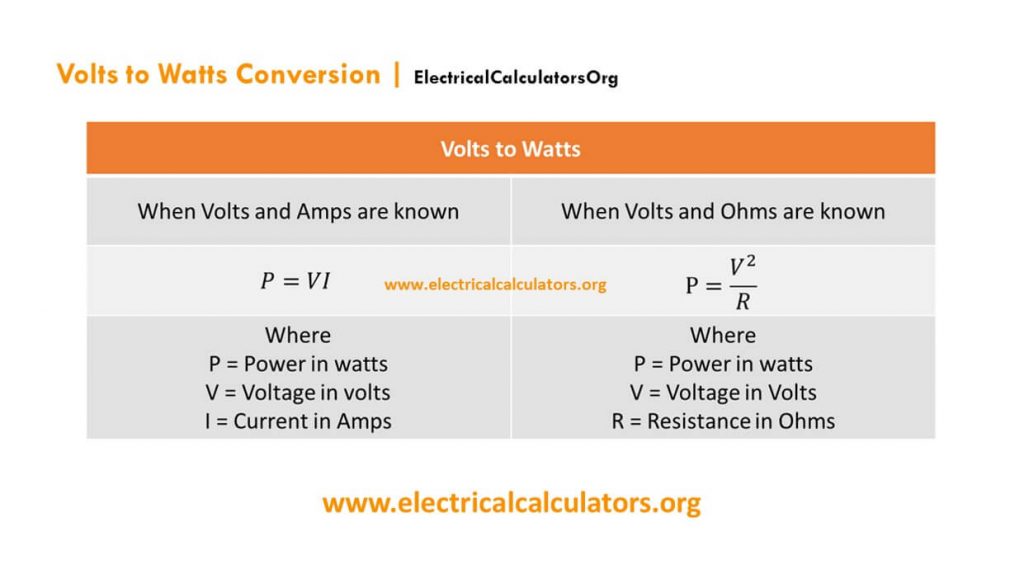
Turn off the induction stove whenever it is not required.The reason is copper has positive temperature co-efficient. Do not run the stove continuously, since while running the stove for longer times consumes higher electricity.since aluminium coil resistivity is higher than the copper by the way, we can reduce the coil copper loss. Buy copper coil stove instead of aluminium coil stove.In Induction stove the following power consumption components are contributing consists of power the copper coil, cooling fan and PCB board. Learn More: T-Pad Attenuator Calculation, Formula, Example Induction Stove Power Consumption -3 Hours Look at the overall table of power consumption and electricity bill per day, per month and per year. Hence for calculating per day consumption,

The stove operates 3 hours per day.Īccording to the cooktop technical sheet, it consumes 1900 watts per hour. Calculate the electricity consumption and the electricity bill per day, per month and year. Let we take an example of Prestige PIC 15.0+ 1900-Watt Induction Cooktop (Black – Amazon) induction stove. Induction stove power consumption Calculation Total electricity bill = kWh x Per unit rate. KWh per yearly = 365 x Watts x Operating Hours / 1000, Electricity bill calculation:Įlectricity bill is equal to the product of the induction stove power consumption kWh and the per-unit rate. KWh per month = 30 x Watts x Operating Hours / 1000,
#Watt formula electrical skin#
Table 2 lists each 3-phase constant for the respective 3-phase voltage obtained from the above calculation.Learn More: Skin Depth Calculator, Calculation With Example Now, if you look at the “1,000 ÷ 1.732V” portion of this equation, you can see that by inserting the respective 3-phase voltage for “V” and multiplying it by 1.732, you can then divide that resulting quantity into “1,000” to get a specific number (or constant) you can use to multiply “kW” to get the current draw of that 3-phase load at the respective 3-phase voltage. If you have a piece of equipment that draws 80A, then you can calculate the relative size of the required power source, which is 10kW (80 ÷ 8.33).īy using this same procedure but inserting the respective single-phase voltage, you get the following single-phase constants, as shown in Table 1.įor 3-phase systems, we use the following equation:Īgain, assuming unity PF and solving this equation for “I,” you get: So, if you have a 10kW load, you can calculate the current draw to be 83.3A (10 × 8.33).

Now, if we look at the “1,000 ÷ V” portion of this equation, you can see that by inserting the respective single-phase voltage for “V” and dividing it into the “1,000,” you get a specific number (or constant) you can use to multiply “kW” to get the current draw of that load at the respective voltage.įor example, the constant for the 120V calculation is 8.33 (1,000 ÷ 120). Single-Phase Calculationsīasic electrical theory tells us that for a single-phase system,įor the sake of simplicity, let's assume the power factor (PF) is unity. You can use constants that apply to specific single- and 3-phase voltages to calculate current (I) and kilowatts (kW). No matter what the circumference and diameter of the respective circle, their ratio is always pi. You may ask, “What exactly is a constant?” An example of a constant with which you're very much familiar is pi (π), which is derived by dividing a circle's circumference by its diameter. We'll also show you how you can do these calculations “in your head,” with very reasonable accuracy, through the use of constants. This month, we'll discuss the most fundamental of calculations - those for current (I) and kilowatts (kW).
#Watt formula electrical series#
Welcome to the first in a series of articles focusing on electrical calculation basics.


 0 kommentar(er)
0 kommentar(er)
